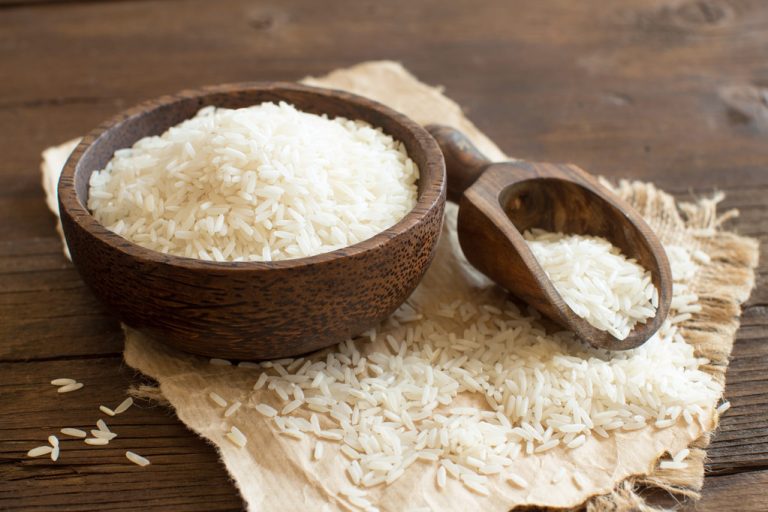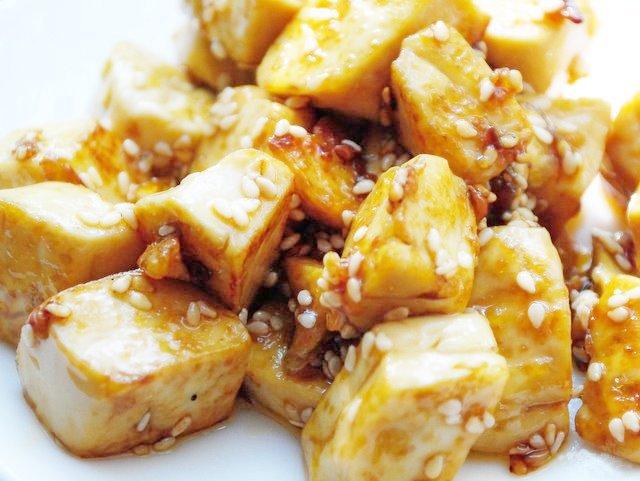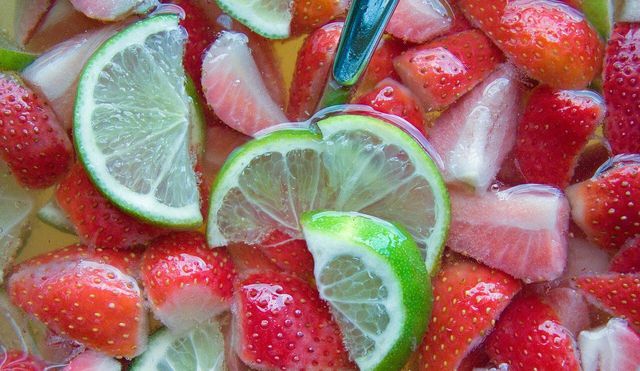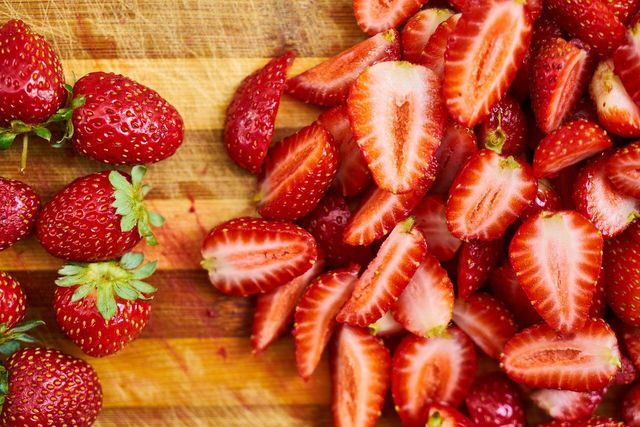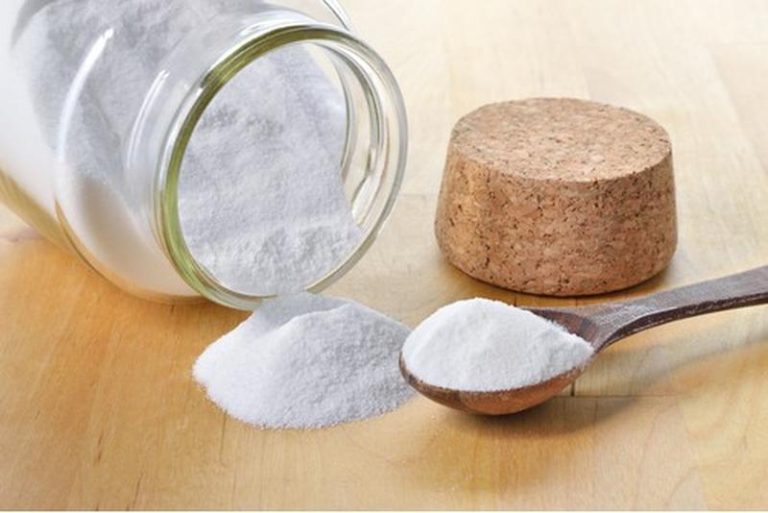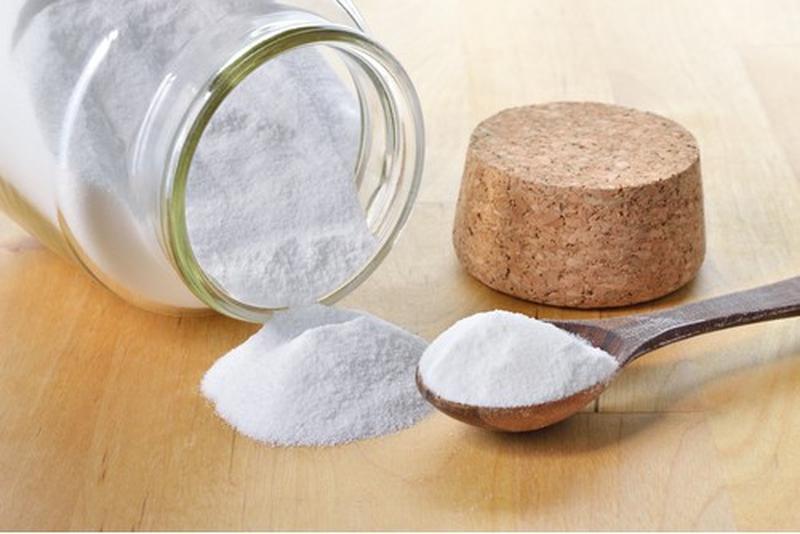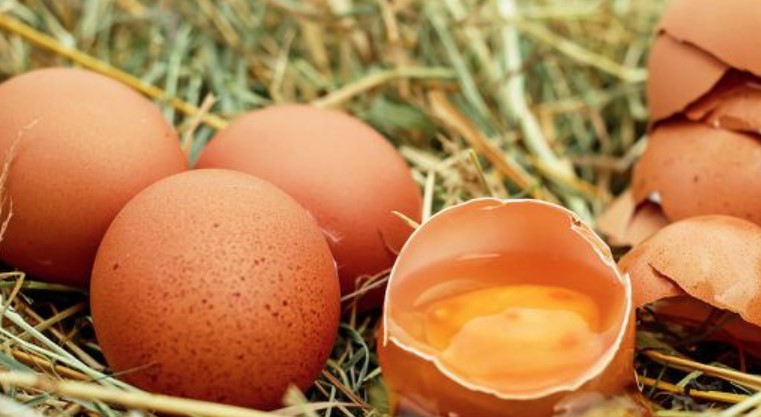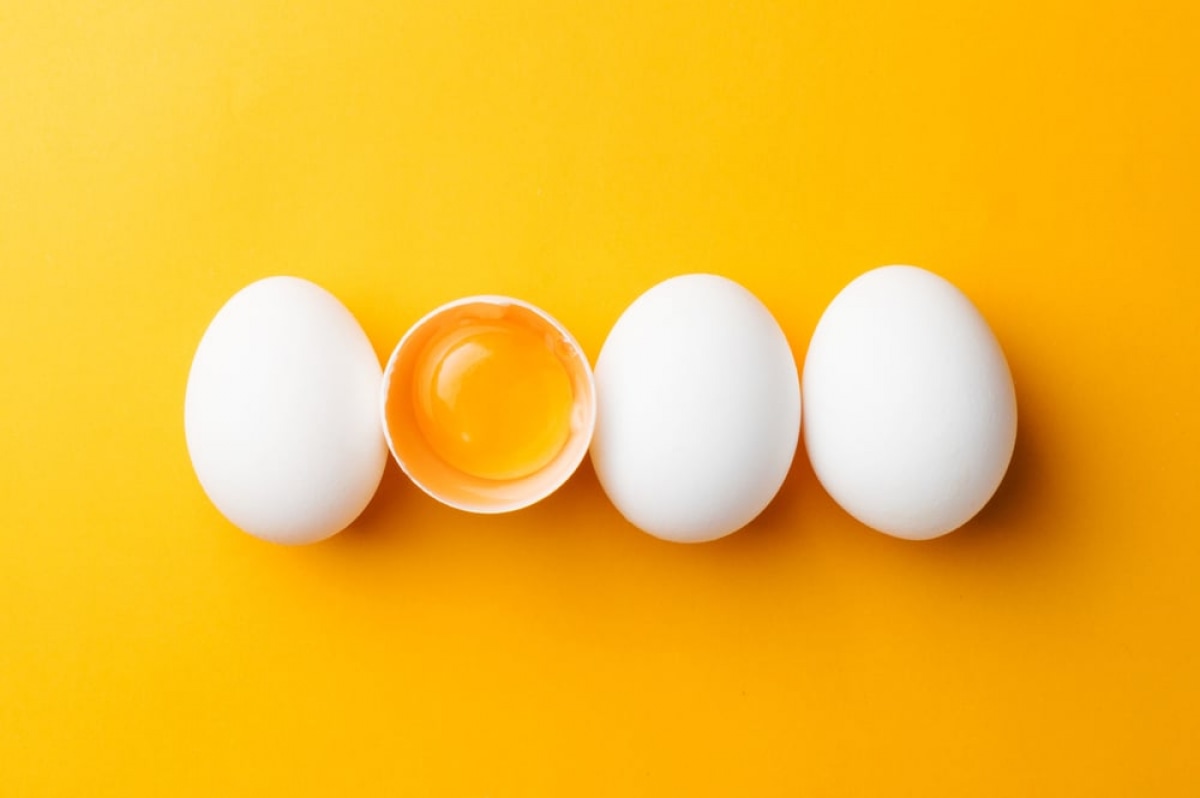Stocking up on groceries is hardly necessary these days. We can get almost anything our hearts desire in supermarkets and discounters almost anytime. But some situations call for emergency supplies. Which foods do you choose when you want to stock up? The most suitable are those that last as long as possible. 8 foods in particular are almost non-perishable and should be found in your stash.

Various reasons: why and when you should buy supplies
Many consider whether it really makes sense to buy supplies. There are many reasons that speak in favor of this: First of all, it is of course quite practical to have some basic groceries in stock in the house. This way you don’t have to make your way to the supermarket every day and you save time and stress at best.
The Federal Office for Civil Protection and Disaster Assistance also advises having a supply of food at home for unexpected emergencies. After all, environmental disasters or the like can never be ruled out: depending on where you live, you could be affected by floods, avalanches, heavy snowfall, storms or even forest fires. In such situations, for your own protection, it may not even be possible to leave the house for a few days.
In addition, it can happen at any time that you get sick and don’t feel fit enough to leave your apartment to go shopping. This can take not only one but also several days. In an emergency, you can certainly ask your neighbors or friends for help; However, if you can manage with your own supplies for a while, this is usually more practical, since contact persons do not always have time.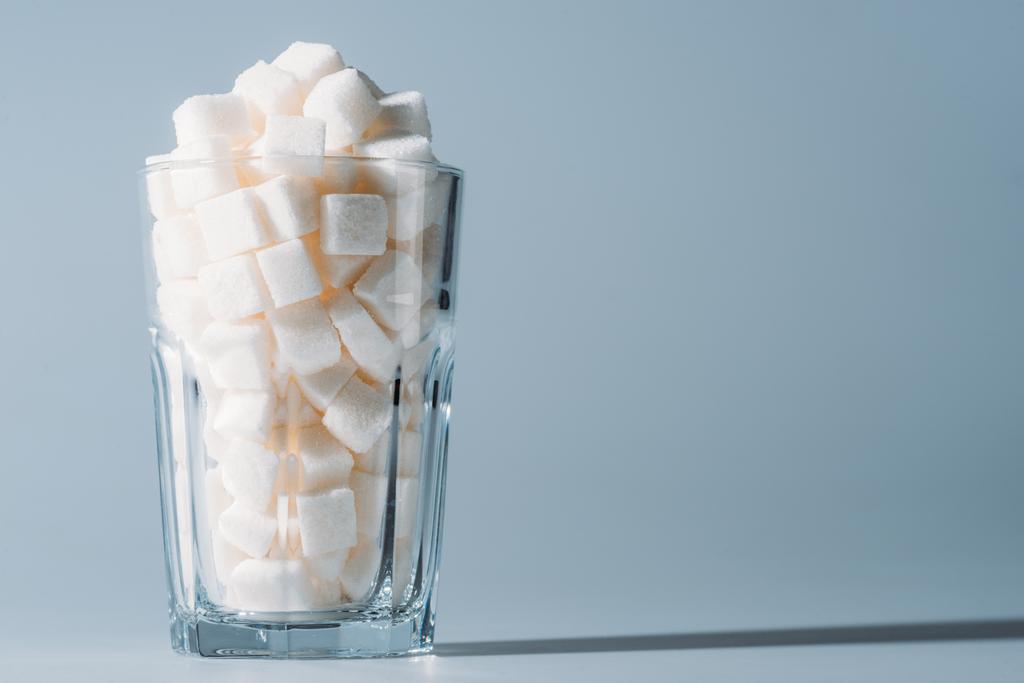
These 8 foods are virtually non-perishable
Emergency supplies can consist of different foods. These eight non-perishable foods should not be missing:
Rice: If the rice is kept airtight and dry, it will not spoil for years. Products such as bulgur, quinoa, couscous or buckwheat behave in a similar way.
Honey: Pure honey never goes bad by itself. The prerequisite is that it is stored cool and dry and tightly closed. If the honey crystallizes, it can be made liquid again by heating it briefly in the oven.
Sugar: Even pure sugar is non-perishable. To prevent clumping, however, it should be stored dry and airtight.
Cornstarch: If you seal the cornstarch airtight, it won’t expire either. So you can use them forever to thicken sauces, soups or the like.
White wine vinegar: Distilled white wine vinegar is also one of the non-perishable foods. If it is tightly closed and stored in a cool and dark place, you can use it for years to make dressings, sauces, etc.
Maple syrup: If you like it sweet, you should definitely buy maple syrup in advance. If it is frozen, it will keep forever.
Schnapps: It is a well-known fact that high-proof alcohol does not spoil. It can also be kept indefinitely.
Salt: Salt can crumble or stick together when it comes into contact with liquid. However, if you keep it dry and airtight, it will not spoil.
Other foods that can be kept for a very long time and are therefore ideal for stocking up include pasta, long-life milk, canned fruit and vegetables, flour, baking powder, sunflower oil and olive oil, as well as cornflakes, crispbread and pre-baked rolls. This way you can put together a diverse supply of long-lasting food.

